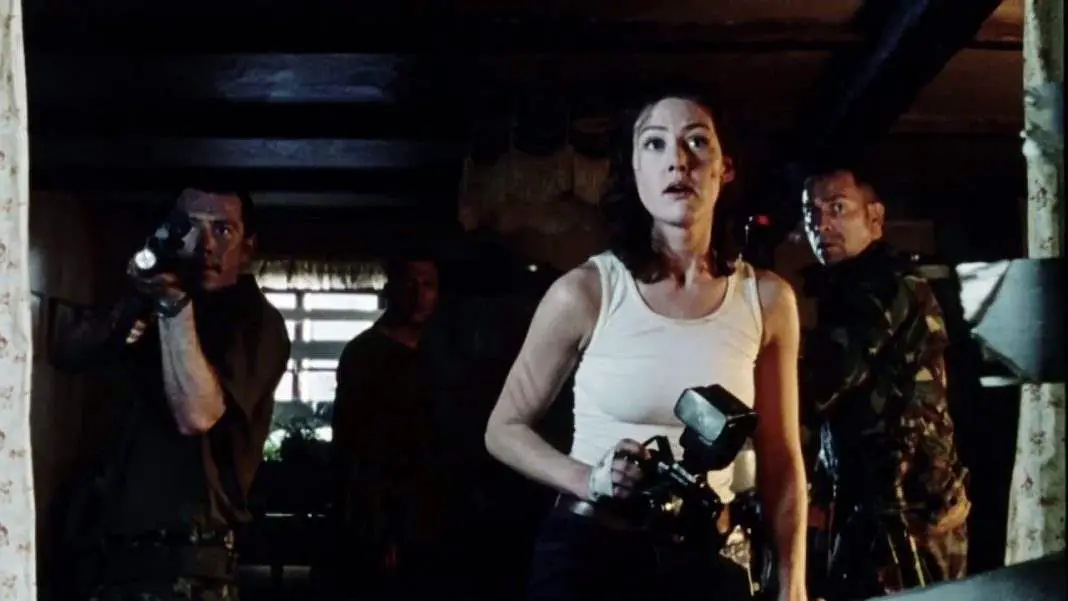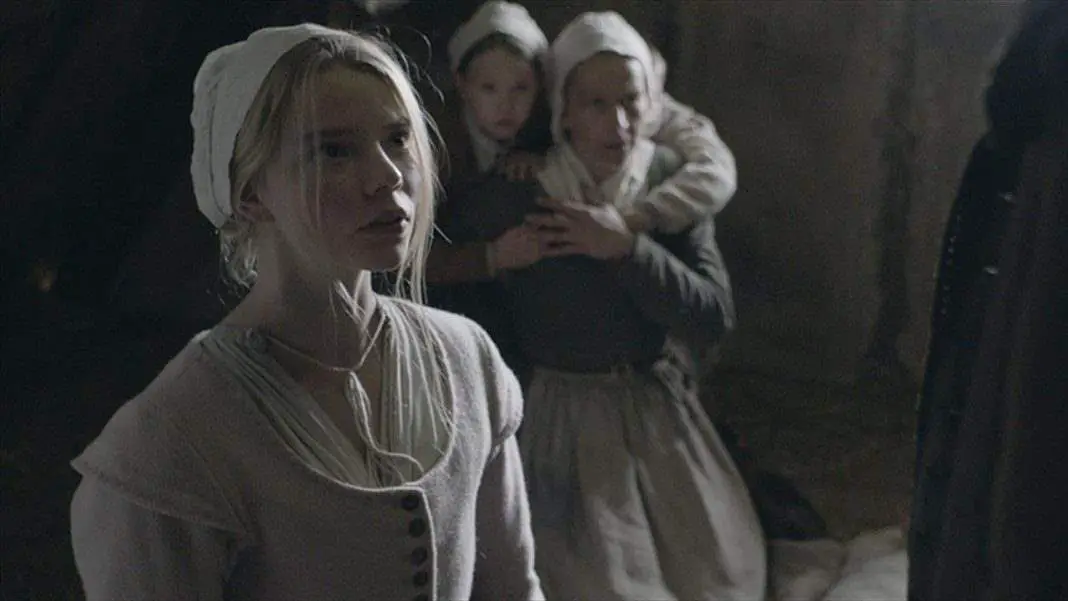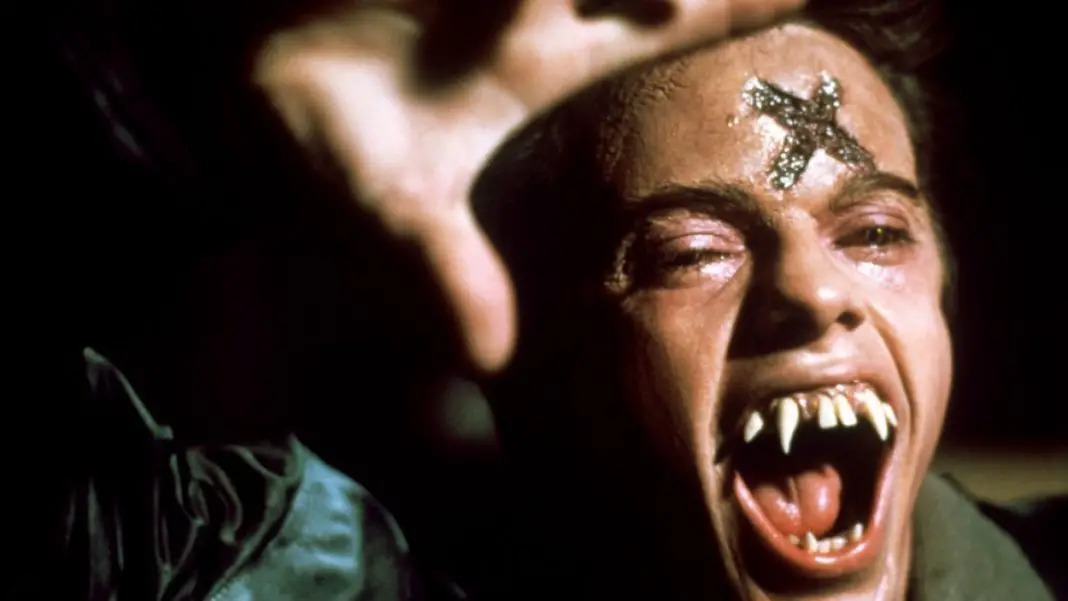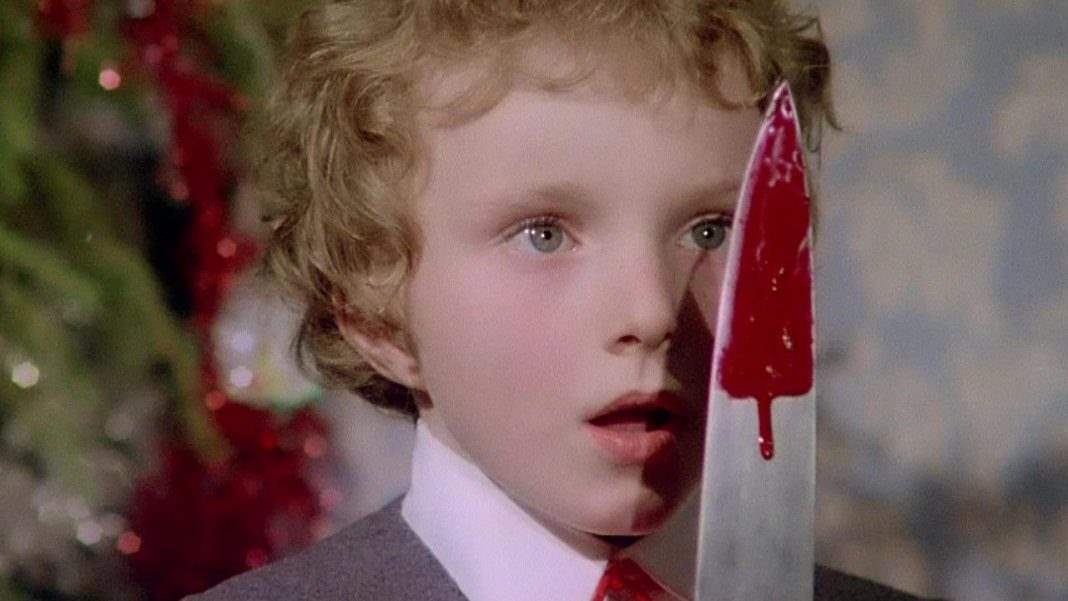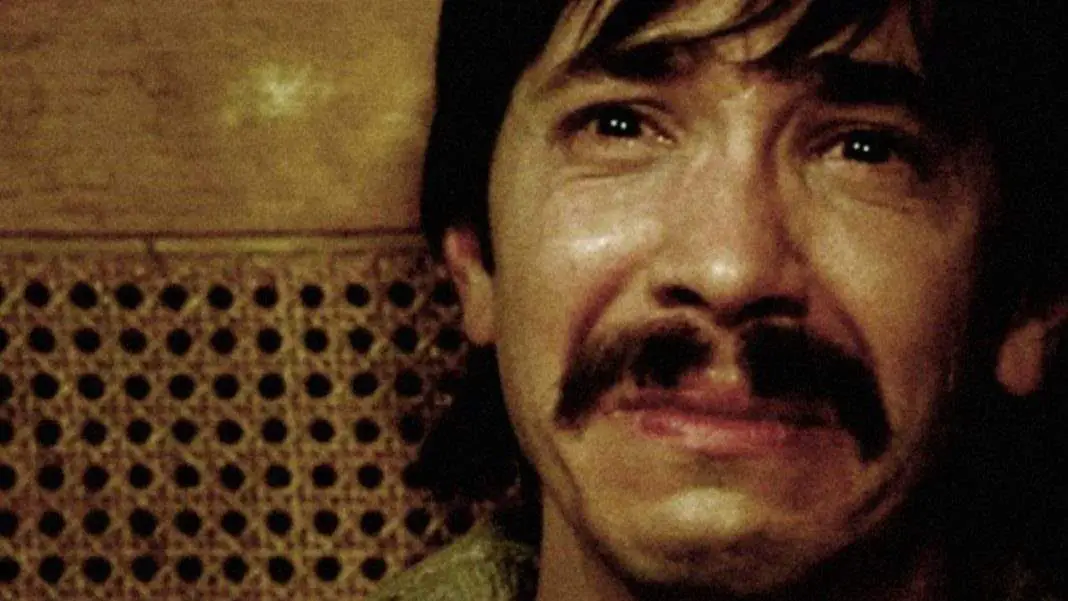Dog Soldiers just turned fifteen years old last week. In that time since its release, it has proven itself to be one of the better, more beloved werewolf flicks of the modern era. It’s not like it hasn’t had any competition, either. While they’re nowhere near as common as vampires or zombies, the twenty-first century has delivered a wealth of werewolf content both on film and on television. Given that, it’s really interesting to take a look back at what made this stand out where so many others have failed.
First and foremost, Dog Soldiers is a completely different kind of movie than what people were used to seeing with werewolves. This is a more militaristic approach—which is obvious, I suppose, given that it’s about a military training exercise gone wrong. I think, in terms of style, it naturally draws comparisons to Predator. But those comparisons are warranted and they’re not at all a bad thing.
Like Predator, Dog Soldiers kicks off by feeling like a totally different type of thing than it eventually becomes. Sure, it has an opening kill in classic horror tradition, but then it jumps right into setting up our main soldiers. We spend some time with them and get to know them before anything happens and that’s something I desperately wish more modern horror films would do.
In the second act, Dog Soldiers switches from Predator-esque action/horror into a confined siege movie. Once the characters get to the farmhouse, the tone and style shift into something that many fans and critics have compared to Night of the Living Dead.
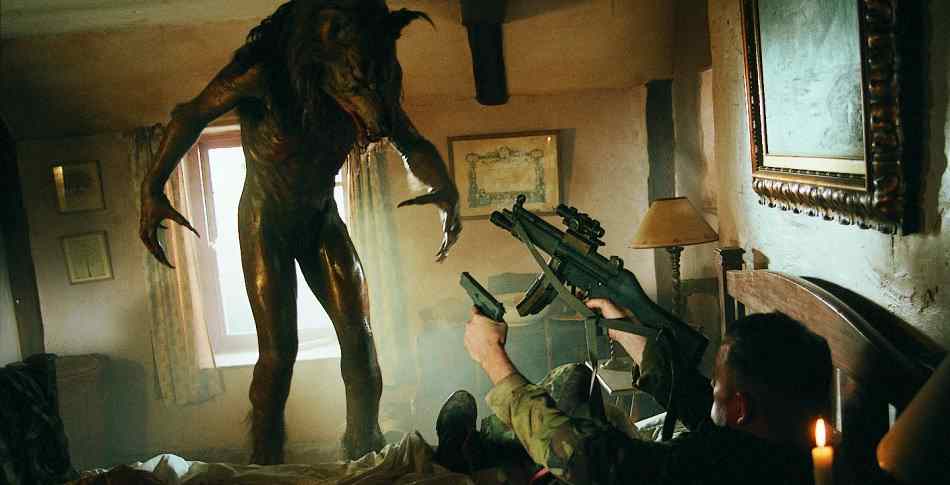
That leads into what I think is one of the most unique aspects of Dog Soldiers: it’s not told from the werewolf’s perspective. That’s even rarer for werewolves than it is for vampires. In these films, a main character if not the main character is almost always someone who has been bitten and is slowly but surely feeling the effects of the curse. Even in The Howling a major exception, for the most part, the protagonist Karen still becomes a werewolf by the end of the movie.
In Dog Soldiers the werewolves are largely faceless and that makes them scarier than most of the creatures we’ve ever seen in this kind of film. The effects by Bob Keen also prove to be an incredible help in that area. These werewolves are unique. In some ways, they’re classic cinematic lycanthropes. Bipedal, hulking monsters with wolf-like faces. But their design goes a little bit beyond that. From certain angles, at first glance, these almost look like human beings wearing animal skins.
 That’s a unique approach, but a valid one. I think it’s great that at first, your eyes can trick you into thinking that this is a human being, and that you might actually get out of this situation, only to then come face-to-face with an actual monster.
That’s a unique approach, but a valid one. I think it’s great that at first, your eyes can trick you into thinking that this is a human being, and that you might actually get out of this situation, only to then come face-to-face with an actual monster.
Dog Soldiers is a simple survival story, but in playing out a scenario of what people will do in a life or death situation, it also becomes a story about primal instincts. For that reason, I think werewolves are the perfect monster for this particular film. After all, they’re the classical essence of man’s inner beast. Even when the movie doesn’t deal with that through a particular character, it’s still about that.
It’s not about one man or woman coming to grips with their own animalistic nature through any kind of gradual transformation. Instead, Neil Marshall takes a George Romero approach and applies that concept across the board. It seeps into every scene and every subplot and settles into the foundation. It’s not as overt as The Wolf Man, but that doesn’t mean it isn’t there.
When the initial werewolf attack occurs, and especially in the fallout that follows, these characters immediately become defined by how they handle the situation. For some, it’s clear that even though they’ve made it this far in their military careers, this does not come naturally for them. Yes, none of them were prepared for a fight like this, but it leaves you wondering if some of these characters were even prepared for any kind of fight in general.
 Then there are the characters for whom violence is clearly their natural state. Just like war, Dog Soldiers is in essence about two opposing sides. It’s really that simple. We’ve got two camps and they’re both in their own way fighting for survival. Looking at it from that angle, it really is one of the better war horror films out there.
Then there are the characters for whom violence is clearly their natural state. Just like war, Dog Soldiers is in essence about two opposing sides. It’s really that simple. We’ve got two camps and they’re both in their own way fighting for survival. Looking at it from that angle, it really is one of the better war horror films out there.
There’s just so much to love about Dog Soldiers, especially how big it feels for its budget. It’s easy to see why this movie, along with Ginger Snaps, has risen to become one of the most beloved werewolf films of the twenty-first century. Fifteen years later, it is still growing in popularity and being discovered by new audiences. Some already hail it as a classic of its sub-genre and I think those people grow in number with each passing day. Perhaps, in time, it will become as inarguable as the likes of The Howling or An American Werewolf in London.
I hope so. It’s one of the smartest, leanest, most well crafted werewolf movies of its day and it deserves as wide an audience as possible. I distinctly remember its American premiere on the Sci-Fi Channel. I loved it immediately, always having been a huge fan of werewolves.
It was years before I met another person who saw it and, in a very rare turn of events, the first person I ever met who had seen it also loved it. It’s been amazing to watch that cult following grow. While the long-proposed sequel might never come to pass, at least we have a hell of an original movie, one that’s strength lies directly in that originality and individuality.
